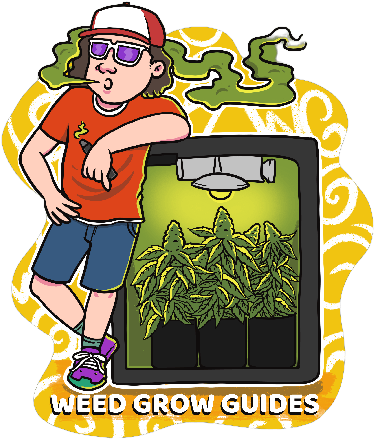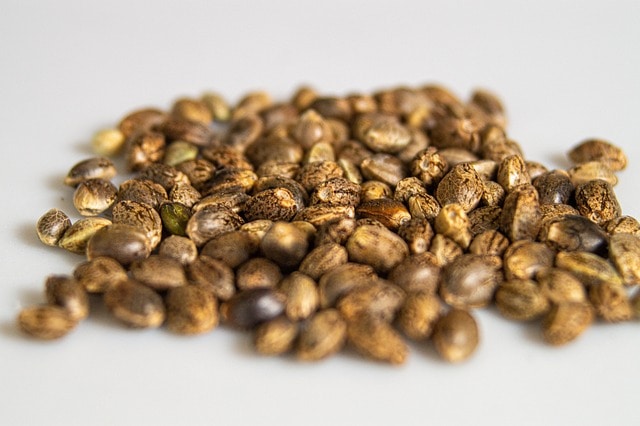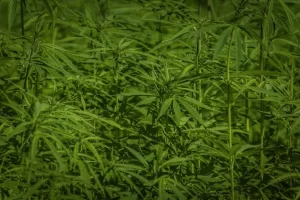Introduction – Springtime Marijuana Growing Tips
As the warmth of spring arrives, recreational marijuana growers eagerly prepare to nurture their plants for a fruitful season ahead. Whether you’re a seasoned cultivator or a novice enthusiast, springtime offers unique opportunities and challenges for maximizing your cannabis harvest. It is important to review your spring prep list and review our springtime marijuana growing tips. In this guide, we’ll explore essential considerations and expert tips to ensure a successful recreational grow during the spring season.
Selecting the Right Strains
Before diving into the growing process, it’s crucial to choose marijuana strains suitable for your climate and growing conditions. Opt for varieties known for resilience against common springtime issues such as pests, mold, and fluctuating temperatures. Indica-dominant strains tend to fare well in cooler climates, while sativa-dominant strains thrive in warmer regions. Researching strain characteristics and consulting with local growers can help you make informed decisions tailored to your environment.
Preparing Your Outdoor Space
Spring marks the perfect time to prepare your outdoor growing space for the upcoming season. Ensure your garden area receives ample sunlight throughout the day, as cannabis plants require at least six hours of direct sunlight for optimal growth. Clear away any debris or clutter that may harbor pests or impede plant development. Consider installing a reliable irrigation system to maintain consistent moisture levels, especially during dry spells common in spring.
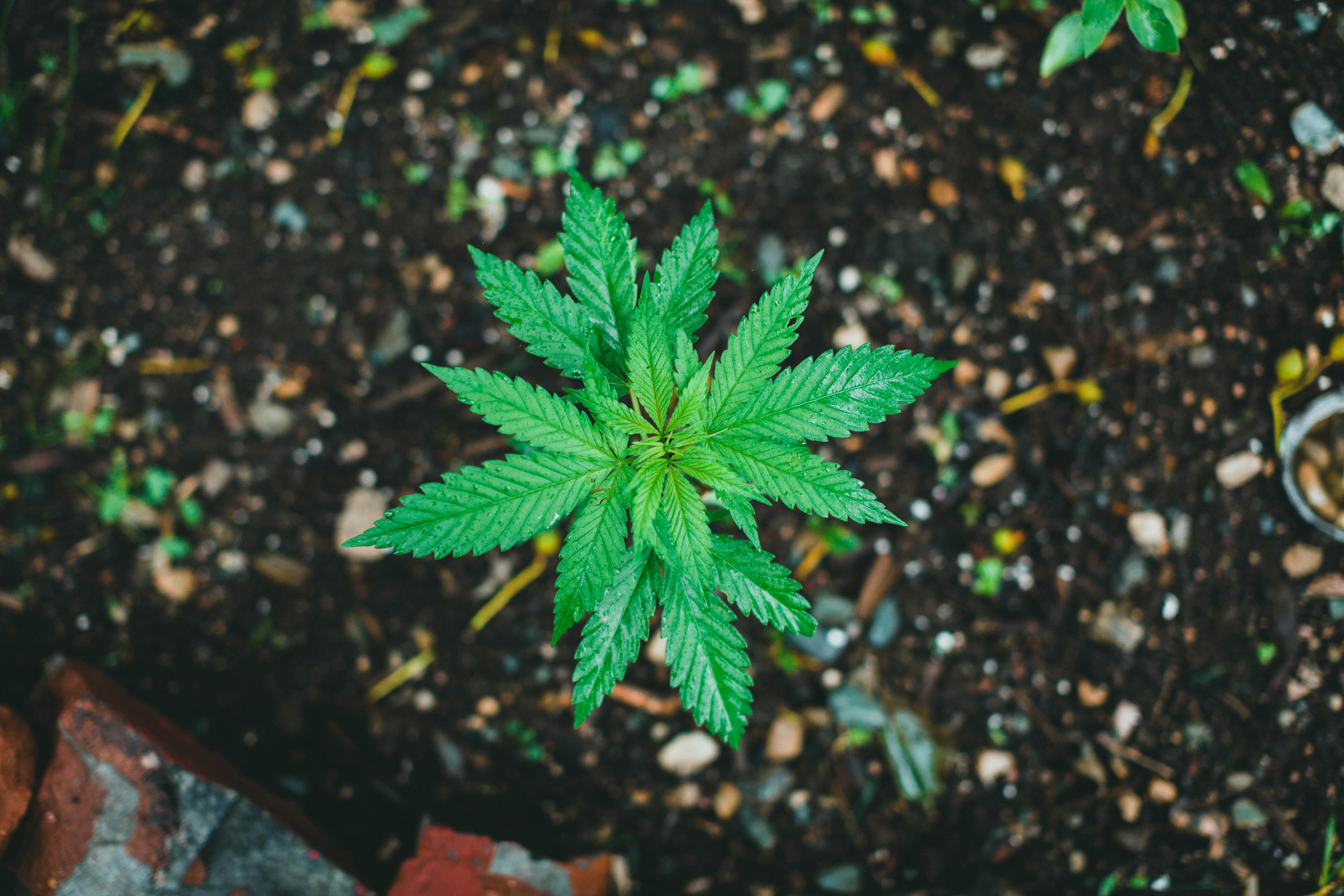
Germination and Seedling Care
Kickstart your springtime grow by germinating seeds or nurturing seedlings indoors before transplanting them outdoors. Create a conducive environment with adequate humidity and gentle warmth to encourage healthy seedling development. Once your seedlings have established strong roots and developed several sets of leaves, carefully transplant them into nutrient-rich soil or containers outdoors. Be mindful of sudden temperature drops and protect delicate seedlings from frost with temporary coverings or cloches.
Monitoring Temperature and Humidity
Spring weather can be unpredictable, with fluctuating temperatures posing challenges to cannabis cultivation. Invest in a reliable thermometer to monitor temperature variations in your growing environment. Aim to maintain daytime temperatures between 70-85°F (21-29°C) and nighttime temperatures above 50°F (10°C) to prevent stress and promote vigorous growth. Additionally, keep an eye on humidity levels, ensuring they remain between 40-60% to deter mold and fungal infections.
Pest and Disease Prevention
Springtime invites a plethora of pests and diseases that can wreak havoc on your marijuana plants if left unchecked. Implement proactive measures such as companion planting, beneficial insect release, and regular inspections to deter common garden pests like aphids, mites, and caterpillars. Consider applying organic pest control solutions such as neem oil or insecticidal soap to address infestations while minimizing harm to beneficial organisms. Vigilance and early intervention are key to preventing pest and disease outbreaks during the spring season.
Nutrient Management
As your marijuana plants enter the vegetative stage of growth, they’ll require ample nutrients to support robust foliage development. Begin feeding your plants with a balanced fertilizer formulated for vegetative growth, rich in nitrogen, phosphorus, and potassium (N-P-K). Monitor plant health closely for signs of nutrient deficiencies or excesses, adjusting your feeding regimen accordingly. Organic amendments such as compost or worm castings can supplement soil nutrition and enhance microbial activity, promoting overall plant vitality.
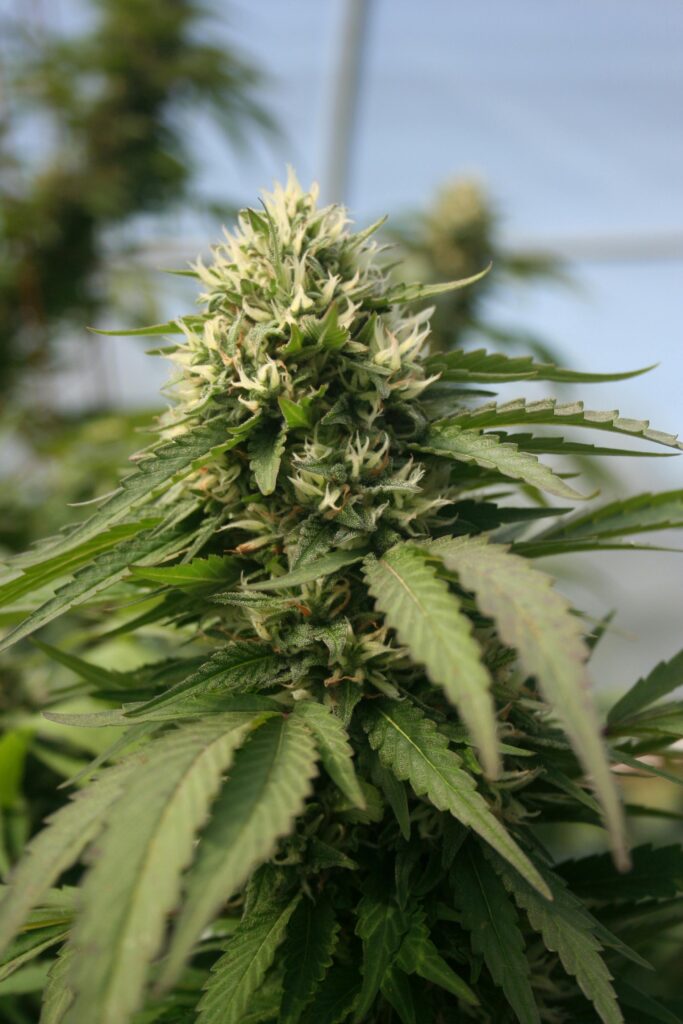
Training and Pruning Techniques
Encourage healthy canopy development and maximize light penetration by employing various training and pruning techniques during the vegetative stage. Utilize low-stress training (LST), topping, or defoliation methods to shape plant structure and promote lateral growth. Regularly prune away yellowing or diseased foliage to maintain airflow and prevent nutrient competition among plant parts. Training and pruning practices tailored to your cultivation goals can enhance yield potential and improve bud quality come harvest time.
Conclusion
Spring offers a prime opportunity for recreational marijuana growers to nurture thriving crops and reap the rewards of a bountiful harvest. By selecting the right strains, preparing your outdoor space, and implementing essential cultivation practices, you can optimize your springtime grow for success. Stay vigilant against pests and diseases, monitor environmental conditions closely, and adapt your cultivation techniques as needed to overcome challenges and achieve optimal results. With dedication and expertise, your spring marijuana garden can flourish, delivering potent and flavorful buds for your recreational enjoyment. Make sure to check out our Weed Grow Guides.
